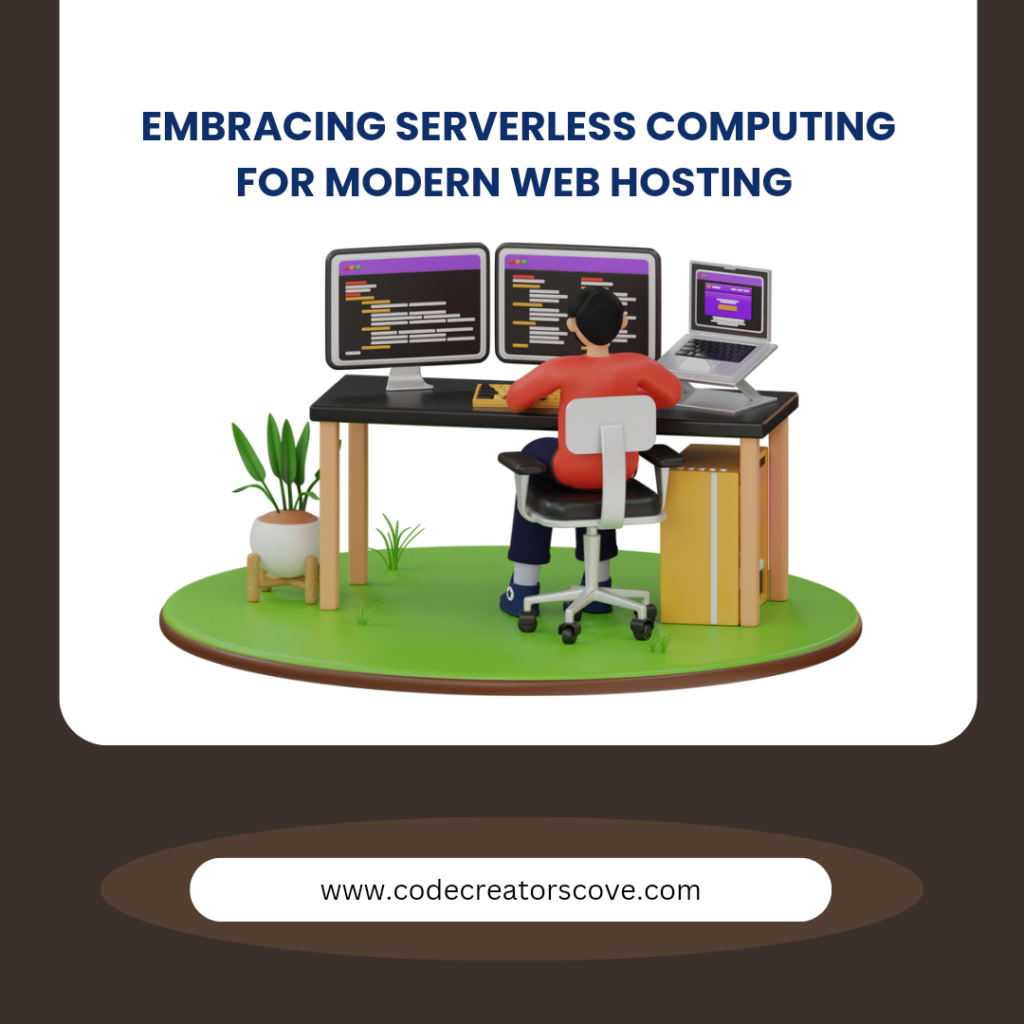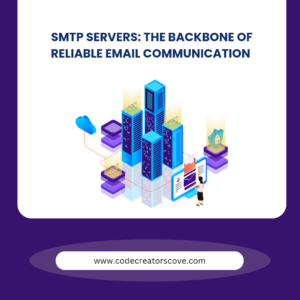The evolution of web hosting has witnessed numerous technological advancements. One such revolutionary innovation is serverless computing. This paradigm shift in computing promises to redefine how applications are developed, deployed, and managed. In this article, we will explore serverless computing in detail, highlighting its benefits, architecture, and practical applications in modern web hosting.
What is Serverless Computing?
Serverless computing is a cloud-computing model where cloud providers dynamically manage the infrastructure and allocate resources as needed. Despite its name, it does involve servers, but developers do not need to manage or provision them. Instead, they can focus on writing code while the cloud provider handles server management, scaling, and maintenance.
Why Choose Serverless Computing for Web Hosting?
Serverless computing offers several advantages that make it an attractive choice for modern web hosting. Let’s delve into some of the key benefits:
1. Cost Efficiency: Serverless computing operates on a pay-as-you-go model. Users are only billed for the compute time their code consumes, eliminating the need to pay for idle resources. This cost-efficient approach ensures businesses save money by avoiding over-provisioning.
2. Scalability: One of the most significant advantages of serverless computing is its ability to automatically scale. The cloud provider automatically provisions resources in response to incoming traffic, ensuring seamless handling of varying loads. This dynamic scalability is particularly beneficial for applications with unpredictable or fluctuating traffic patterns.
3. Reduced Operational Overhead: By offloading server management tasks to the cloud provider, developers can focus on writing and deploying code. This streamlined approach reduces operational overhead and allows teams to concentrate on innovation and feature development.
4. Rapid Deployment: Serverless architectures enable rapid deployment and iteration. Developers can deploy individual functions or services independently, allowing for quicker updates and faster time-to-market for new features.
How Does Serverless Computing Work?
Understanding the underlying architecture of serverless computing is crucial for leveraging its full potential. Here’s a breakdown of the components and workflow:
1. Function-as-a-Service (FaaS): At the core of serverless computing is FaaS. Developers write code in the form of functions, which are event-driven and executed in response to triggers. These triggers can be HTTP requests, database changes, file uploads, or other events.
2. Event Sources: Event sources are the triggers that invoke serverless functions. They can be various services like API Gateway, AWS S3, Azure Blob Storage, or even custom events from within the application.
3. Execution Environment: When an event occurs, the cloud provider provisions a runtime environment to execute the function. This environment is ephemeral, meaning it only exists for the duration of the function execution, ensuring efficient resource utilization.
4. Stateless Nature: Serverless functions are inherently stateless, meaning they do not retain any state between executions. Developers often use external storage solutions like databases or caches to maintain state across function invocations.
Practical Applications of Serverless Computing in Web Hosting
Serverless computing is versatile and can be applied to various aspects of web hosting. Here are some practical applications:
1. Static Website Hosting: Hosting static websites on serverless platforms is both cost-effective and efficient. Services like AWS S3, Azure Blob Storage, and Google Cloud Storage can host static files (HTML, CSS, JavaScript) while using CDN integration for improved performance.
2. API Backend Services: Serverless architectures are ideal for building API backends. Developers can create RESTful APIs using services like AWS Lambda, Azure Functions, or Google Cloud Functions. These APIs can scale automatically and handle millions of requests with low latency.
3. Real-Time Data Processing: It excels at real-time data processing tasks. Applications such as chat applications, live streaming, and IoT data processing benefit from the event-driven nature of serverless functions.
4. Scheduled Tasks: Automating routine tasks like database backups, report generation, and system maintenance can be efficiently handled using serverless functions. Cloud providers offer scheduling services that trigger functions at specified intervals.
5. Image and Video Processing: Serverless functions can be used to process images and videos on-the-fly. For example, an e-commerce site can use serverless functions to generate thumbnails, watermarks, and optimize images for different devices.
Best Practices for Implementing Serverless Computing
While serverless computing offers numerous benefits, following best practices ensures optimal performance and reliability:
1. Optimize Function Performance: Write efficient code to minimize execution time and resource consumption. Avoid long-running processes and break them into smaller, manageable functions.
2. Manage Dependencies: Keep track of dependencies and ensure they are up-to-date. Use package managers and version control systems to maintain consistency across deployments.
3. Monitor and Log: Implement robust monitoring and logging to track function performance, detect anomalies, and troubleshoot issues. Cloud providers offer integrated monitoring tools like AWS CloudWatch and Azure Monitor.
4. Secure Your Functions: Follow security best practices, such as using environment variables for sensitive data, implementing proper authentication and authorization, and regularly auditing your functions for vulnerabilities.
5. Use Caching Strategically: Utilize caching mechanisms to reduce latency and improve performance. Caching frequently accessed data can significantly enhance the user experience.
Future of Serverless Computing in Web Hosting
The future of serverless computing in web hosting looks promising. As cloud providers continue to innovate and enhance their serverless offerings, we can expect even more advanced features and capabilities. Here are some trends to watch for:
1. Improved Cold Start Times: Cold start latency, the time taken to initialize a function’s runtime environment, is a known challenge in serverless computing. Future advancements aim to reduce this latency, making serverless functions even more responsive.
2. Enhanced Tooling and Frameworks: The ecosystem around serverless computing is evolving rapidly. New tools, frameworks, and development environments are emerging to simplify the development, testing, and deployment of serverless applications.
3. Greater Integration with AI/ML: Serverless computing is expected to play a significant role in the deployment and scaling of AI and machine learning models. This integration will enable developers to build intelligent applications with ease.
4. Increased Adoption Across Industries: As awareness of the benefits of serverless computing grows, more industries will adopt this architecture for their web hosting needs. From startups to enterprises, serverless computing will become a mainstream solution.
Conclusion
Serverless computing represents a paradigm shift in modern web hosting, offering unparalleled scalability, cost-efficiency, and reduced operational overhead. By leveraging the power of serverless architectures, businesses can build robust, scalable, and high-performance applications with ease. As the technology continues to evolve, it will undoubtedly play a pivotal role in shaping the future of web hosting.


